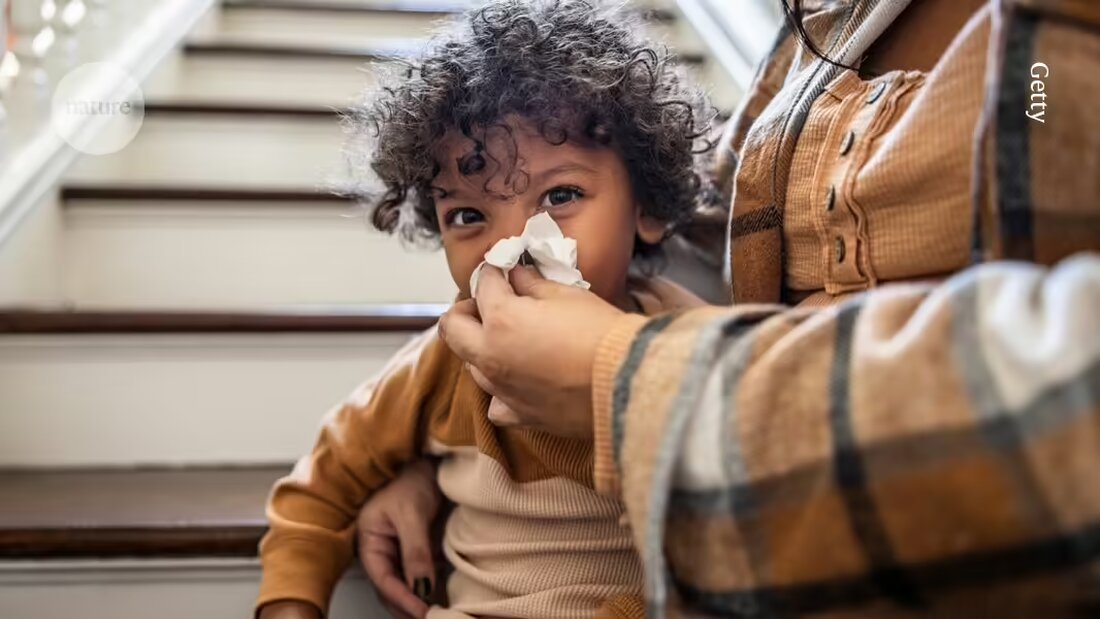The nose is home to a variety of long-lasting immune cells ready to fight off viral and bacterial infections, is the most detailed study to date of the immune cells that form the lung's first line of defense 1.
The one on July 31stNaturePublished results show that the nose and upper respiratory tract - which includes the mouth, sinuses and throat, but not the trachea - are considered serve as important training sites where immune cells memorize 'invaders'. These memories allow cells to defend themselves against future attacks by similar microorganisms. The data could support the development of Mucosal vaccines given through the nose or throat, which immunologists say could be more effective than vaccines injected into muscles.
This “exciting study” shows that an “arsenal of immune cells capable of fighting off respiratory infections” are reliably present in the upper respiratory tract of young adults and can be detected in older people who normally have weaker immune reactions says Linda Wakim, an immunologist at the University of Melbourne in Australia who was not involved in the research.
On the nose
Previous research on the immune system has focused on immune cells in the blood and in the lower respiratory tract, largely because these regions are relatively easily accessible through blood draws and some types of biopsies and organ transplants, says study co-author Sydney Ramirez, an infectious disease physician and immunologist at the La Jolla Institute for Immunology in California.
Then came the COVID-19 pandemic and the emergence of variants like Omicron, which multiply with high efficiency in the upper respiratory tract. These developments led Ramirez and her colleagues to find ways to study how immune cells in the upper respiratory tract interact with pathogens and develop immune memory.
The team relied on nasopharyngeal swabs, which extend to the back of the nose and have been widely used for SARS-CoV-2 testing in wealthy countries. The researchers sampled about 30 healthy adults every month for more than a year to see how their immune cell populations changed over time. They found millions of immune cells in these samples, including cells that provide immunological memory.
Nasal defenses
The researchers also learned that they could swab hard-to-reach immune organs called adenoids, which are hidden in the back of the nose. These organs analyze inhaled air and contain structures called germinal centers. These structures, which are also found in other immune organs, serve as training camps in which defense agents called B cells learn to produce effective antibodies.
Adenoids shrink in adulthood, but the researchers found active germinal centers in the adenoids of study participants of all ages—findings that "should be reassuring to all of us over 20," Ramirez says. The researchers also unwittingly found evidence of the effectiveness of these germinal centers: Several participants became infected with COVID-19 during the study, and the researchers found that the noses of these participants harbored B cells that specialize in fighting SARS-CoV-2.
Germinal centers are usually only active during and shortly after acute infections or vaccinations, but the authors found active germinal centers even when participants did not report feeling sick. With this new swab technique, researchers could soon understand what drives the centers' activity and how SARS-CoV-2 infection shapes these immune responses, says Donna Farber, an immunologist at Columbia University in New York who was not involved in the study.
These results may also provide a “very valuable” quantitative method to measure changes in immune response following vaccination, particularly for testing intranasal vaccine candidates, Farber says. But she adds that they also show how high the mountain is to climb: If the immune system is constantly active in the upper respiratory tract, pre-existing antibodies could increase the protective effect of intranasal vaccines block.

 Suche
Suche
 Mein Konto
Mein Konto

